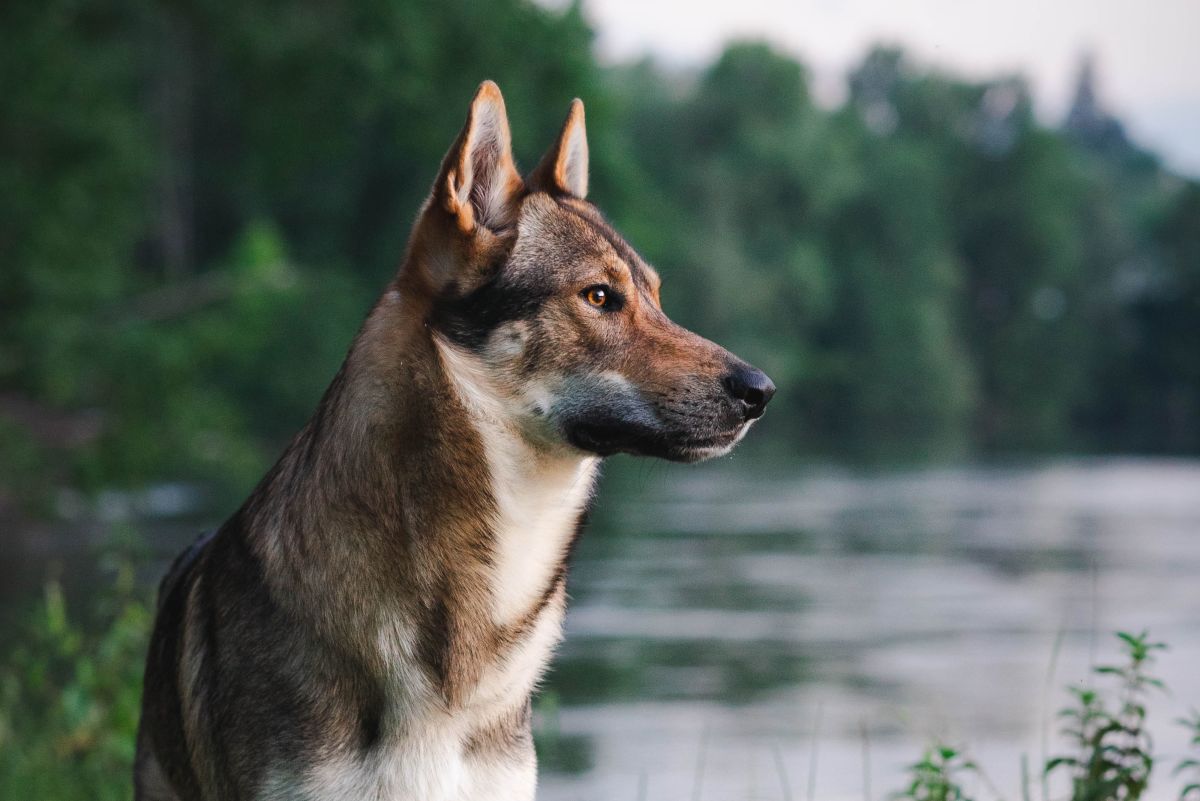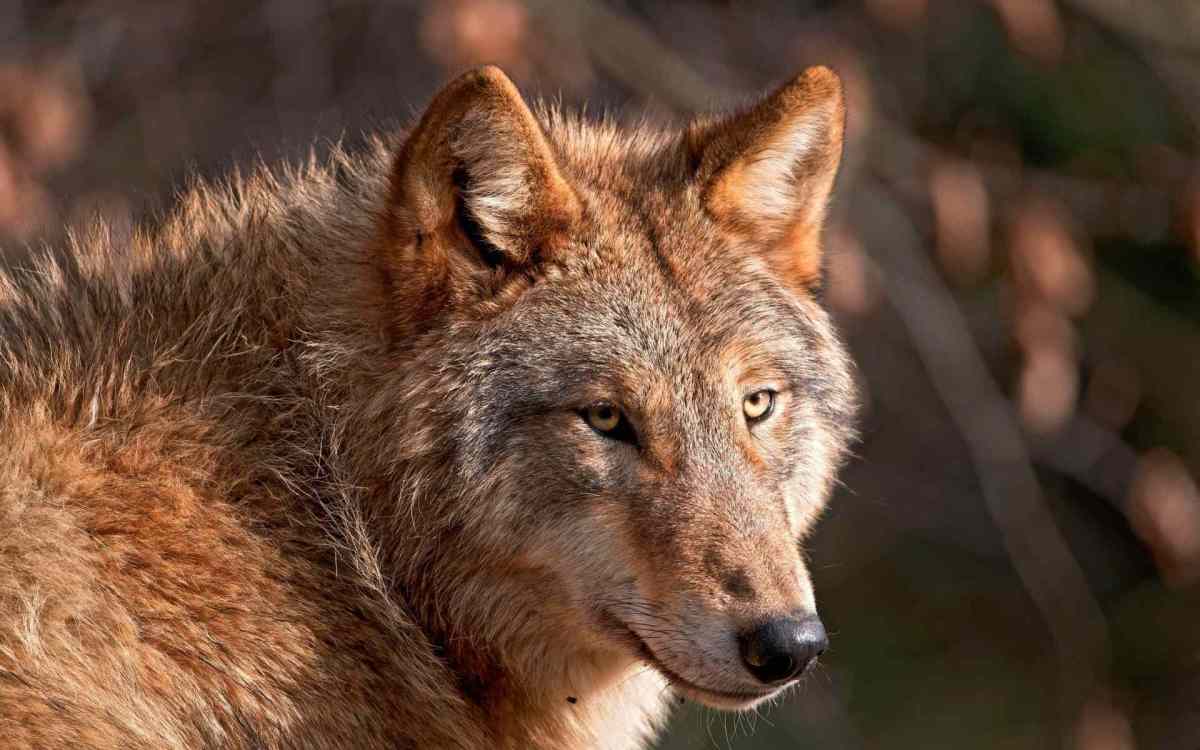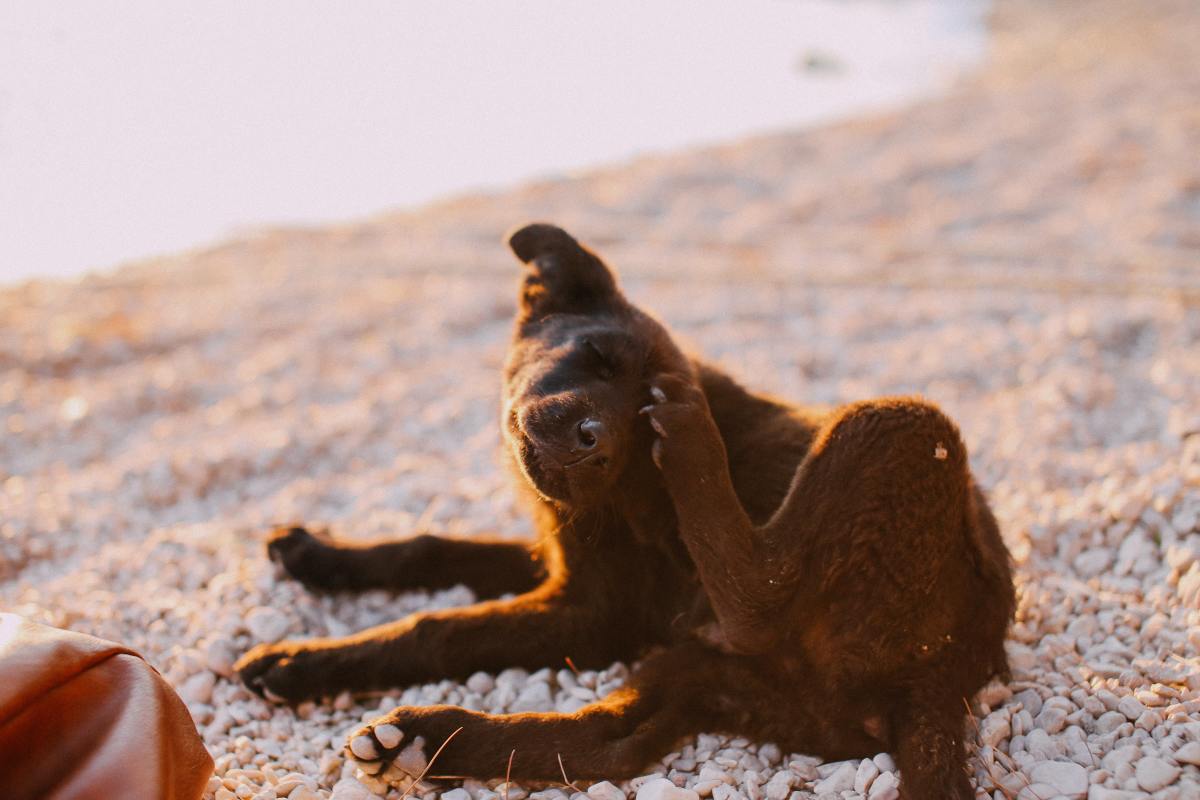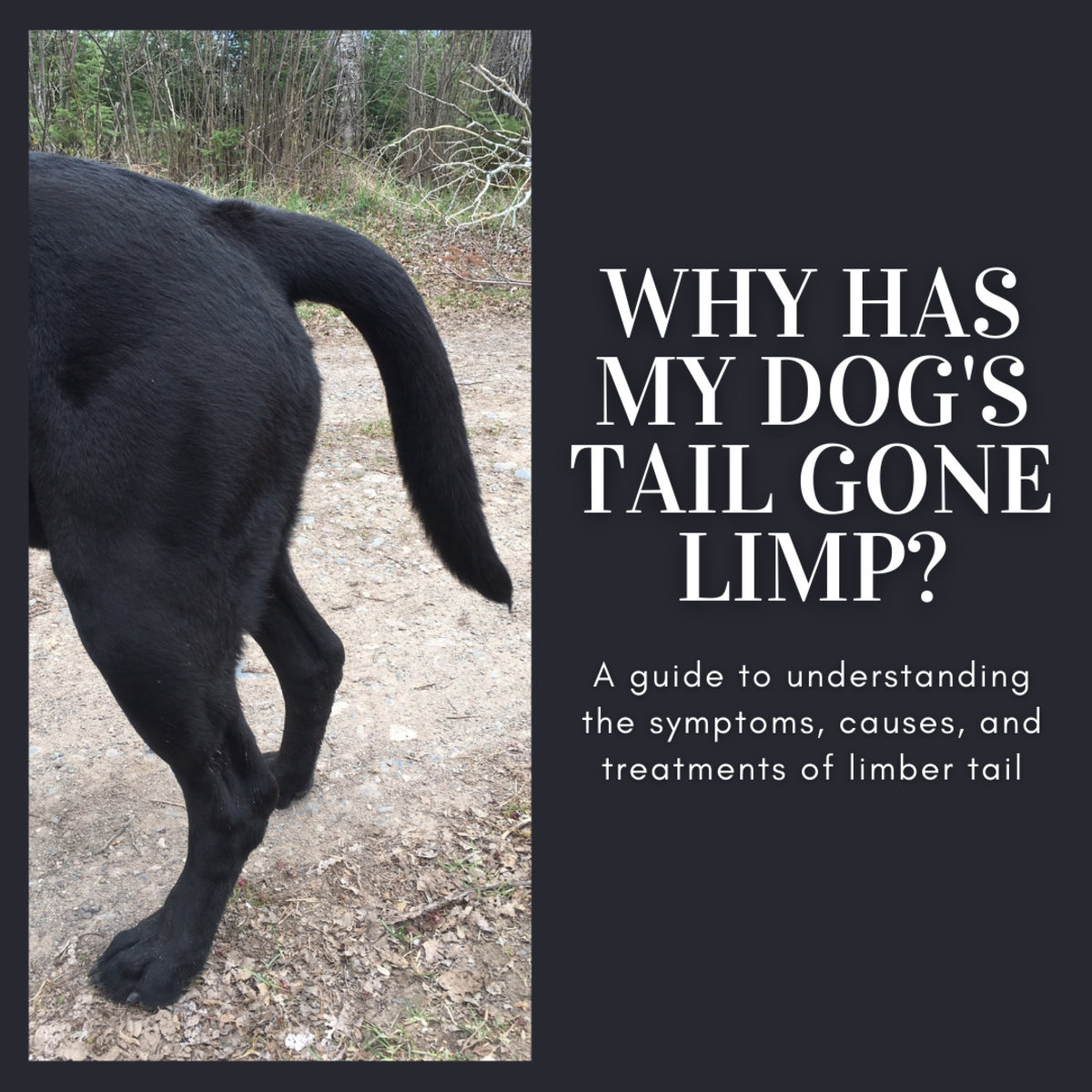What the Wolf Means to Me
Howling at the moon....
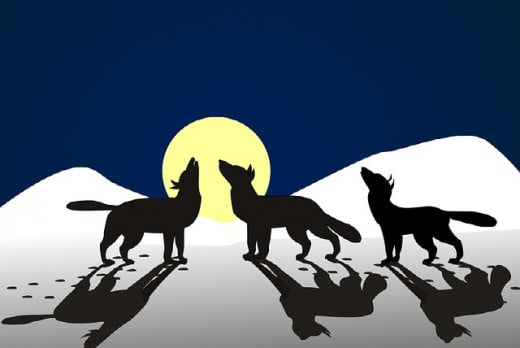
The wolf and I
Once upon a time, wolves lived in the British Isles, but the species slowly died out. This was due to deforestation, the wolf’s main habitat, and to the habit of successive monarchs in ordering wolf culls and bounties throughout the year, to protect the herds of livestock upon which baronial livelihood depended. However, wolves did survive in remote areas until a couple of centuries ago. The last wolf in England was killed in the early 1800s, and in Ireland the last wolf was recorded dead in 1786.
It was with delight I learned that, under the Native American Indian Zodiac, my sign is that of the wolf, February 19 to March 20. This is personal to me, since my family name “Phelan” is derived from “faol”, the Gaelic word for wolf. The zodiac describes the wolf as an animal with keen senses and incredible communication skills, who is loyal to his family group and who likes to work at night; well, I have a few of these qualities. Because of this, I wondered how and where all of the legends and stories surrounding wolves came from.
Wolves: the facts
“Wolf “ is the blanket name of a number of species of the Canus genus, which includes jackals and coyotes. The most common species is the grey wolf, closely related to the domestic dog. In the most northerly climes, the wolf grows fur rather than hair, which is resistant to ice formation, even from breath condensation. Their coats vary in colour from pure white, through grey and brown to black. The wolf is highly evolved and its handsome tail is more than ornamental. When it lies down to sleep in the bitter cold of the northern winter, the tail wraps around the animal, covering the soles of the feet and the tip of the nose. Warm air from the nostrils circulates through the hairs of the tail, keeping the body warm.
The wolf mates for life and is very family oriented. In spite of its reputation for independence, the wolf does almost everything with his pack. At dusk, the wolf gives a cry, signalling that he is ready for the hunt, which takes place in family groups. Almost any form of flesh is game for the hungry wolf that can eat up to 18 pounds of meat at a kill. However, it does not normally attack humans unless it is extremely hungry and there is no other obvious source of meat. Thousands of years ago, he befriended man in return for food and we befriended him in return for loyalty, making him the predecessor of our modern domestic dog. It is these qualities, his fierce appetite combined with hunting skills and high intellect – the wolf scores top mark in animal intelligence - that have caused the beast to take a starring role in legend and myth, folklore and fairytale.
Wolf legends
The founders of the city of Rome, Romulus and Remus, were supposedly suckled by a she-wolf after they were born, around 700 BC. However, legend also has it that the babies were the sons of Rhea Silvia and Hercules or Mars. With this twining of dubious hearsay and definite myth, it is difficult to decipher whether the leadership qualities of Romulus were derived from his illustrious parentage or lupine nurturing. Down through the centuries, people continued to believe that wolves could parent human babies. In 1894, Rudyard Kipling wrote his Jungle Book, involving Mowgli, the child raised by wolves in the Indian jungle. There is something touching in the notion of a human baby absorbing the heroic strength and intellect of the wolf through mother’s milk. More unsettling are the tales of humans taking on lupine identities and going on the rampage, rather than assuming ennobling qualities.
Origin of the werewolf
In Book One of his Metamorphoses, Ovid tells the tale of Jupiter arriving at the castle of King Lycaön. Instead of treating Jupiter with hospitality, Lycaön refuses to believe that he is a god. Lycaön tests him by killing and cooking a hostage, and presenting the dish to Jupiter. In vengeance, the angry god destroys Lycaön’s castle and, although the king has fled, curses him. I quote:
He tried to speak but his voice broke into an echoing howl. His ravening soul infected his jaws; his murderous longings turned on the cattle; he was still possessed by bloodlust. His garments were changed to a shaggy coat and his arms into legs. He was now transformed to a wolf. But he kept some signs of his former self; the grizzled hair and the wild expression, the blazing eyes and the bestial image.
It is the human qualities retained by Lycaön that makes him recognisably what we call nowadays, a werewolf or “man wolf”. Other classical writers, like Herodotus and Pliny the Elder described “authentic” transformations of men into wolves. The Roman physician Galen diagnosed a condition called “clinical lycanthropy”, whereby the patient assumes wolf-like qualities. Overall, in parallel with Native American Indian lore, the belief in the werewolf persisted in Europe, almost to this day. In Viking times, the berserkers or warriors “channelled” the spirits of wolves and other wild animals. In 1589, a wealthy farmer from the Rhineland named Peter Stumpf was executed in a brutal fashion after confessing to a series of atrocities that rendered him a werewolf. The confession, needless to say, was extracted throughout a prolonged period of torture.
Folklore and animal transitions
Many cultures have their own tales of transitioning animals, for example, the leopard men of Africa. Over the centuries, belief in the werewolf has died out in parallel with witch-hunting. At this point, it is worthwhile pondering on how and why humans belief it desirable to assume animal qualities. In his book, The Uses of Enchantment, Bruno Bettelheim relates how ancient philosophers believed that man had a dual nature, both animal and human, in the way that men and women have both masculine and feminine traits. Bettelheim theorises on how maturity is the attainment of a balanced personality, and that this balance occurs when both the animal and human instincts in a person are in harmony.
Unbalanced instincts are the mark of immaturity and in fairytales and folklore, the out-of-synch personality is often sentenced to a period spent in the guise of an animal. There is an entire tradition of tales with magical transitions from man to beast, and back again. Beauty and the Beast is a perfect example of this type of tale. The beast is actually a nobleman who must pay a price for a past wrong. His success in winning the love of a young woman “humanises” him and finally, he changes back into a man.
Not so obvious is the meaning of Little Red Riding Hood, where no apparent transition takes place. In his essay on the story, Bettelheim relates how the wolf was most likely the animal instinct of the noble (in the moral sense) huntsman who rescued Red Riding Hood and her grandmother. This tale underlies the belief that both bestial and ennobling instincts can reside in one person.
The noble savage
Like man, who is endowed with the complexity of higher intelligence, the wolf is a mass of contradictions. He is a gentle family curator by day and a fierce hunter by night. He is highly evolved, with keen senses and superb communication skills, yet in spite of this, there will always be a gulf between the wolf and man.
The wolf answers to our wilder instincts. It is no coincidence that his species occupies territory, mountain and forest, which we have largely abandoned. He truly is the noble savage. Overall, we remain fascinated with a creature that embodies both our better qualities and that which is most beastly in us.
Sources
Collier's Encyclopedia
Metamorphoses by Ovid
The Uses of Enchantment: The Meaning and Importance of Fairytales by Bruno Bettelheim



